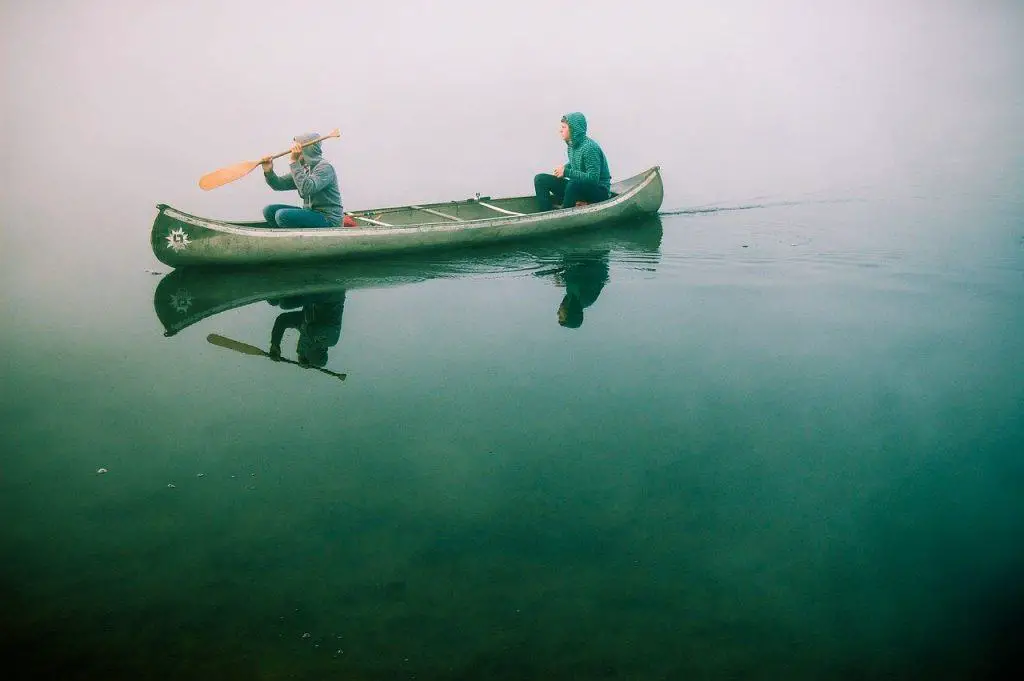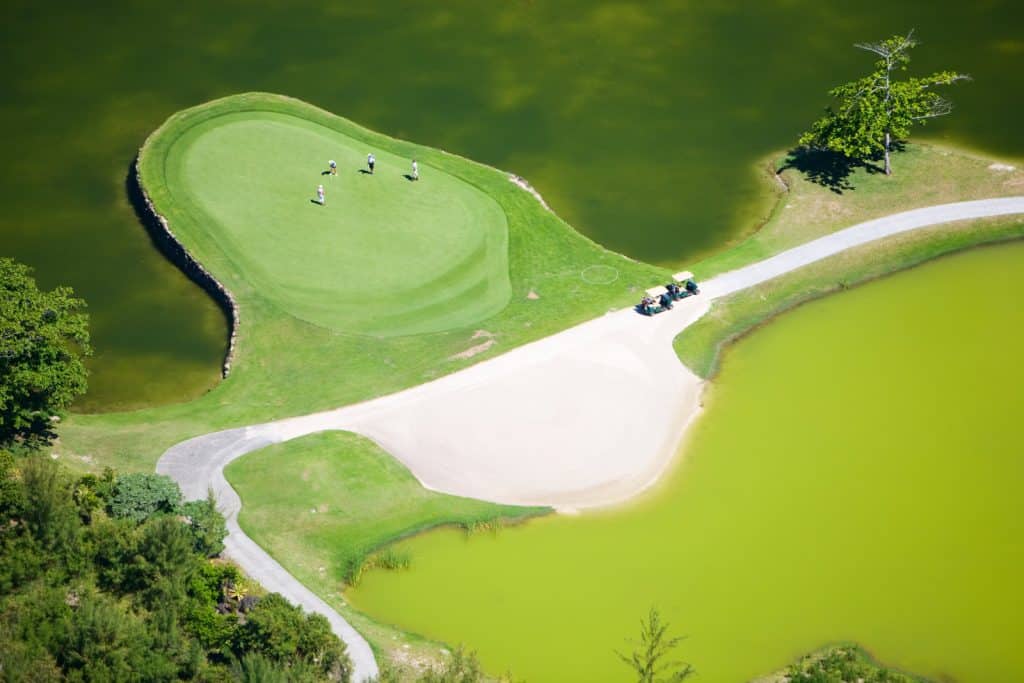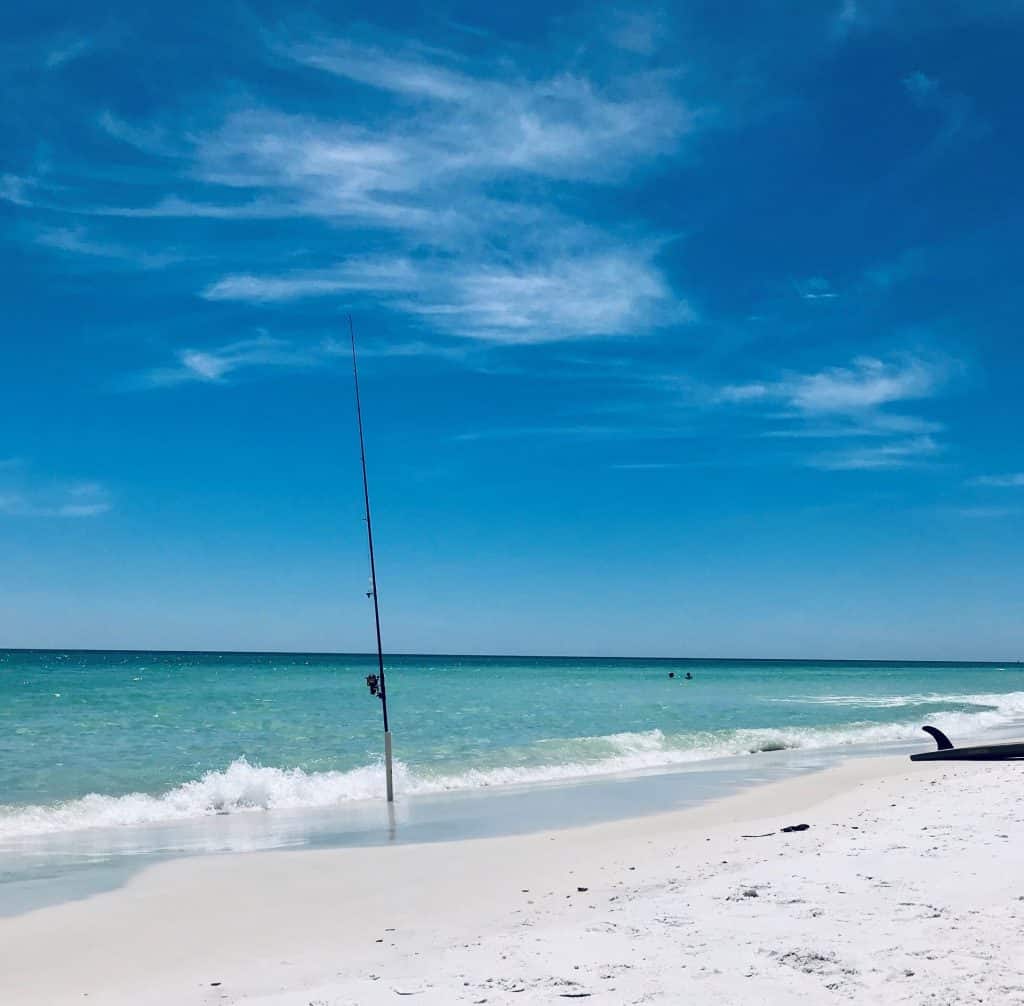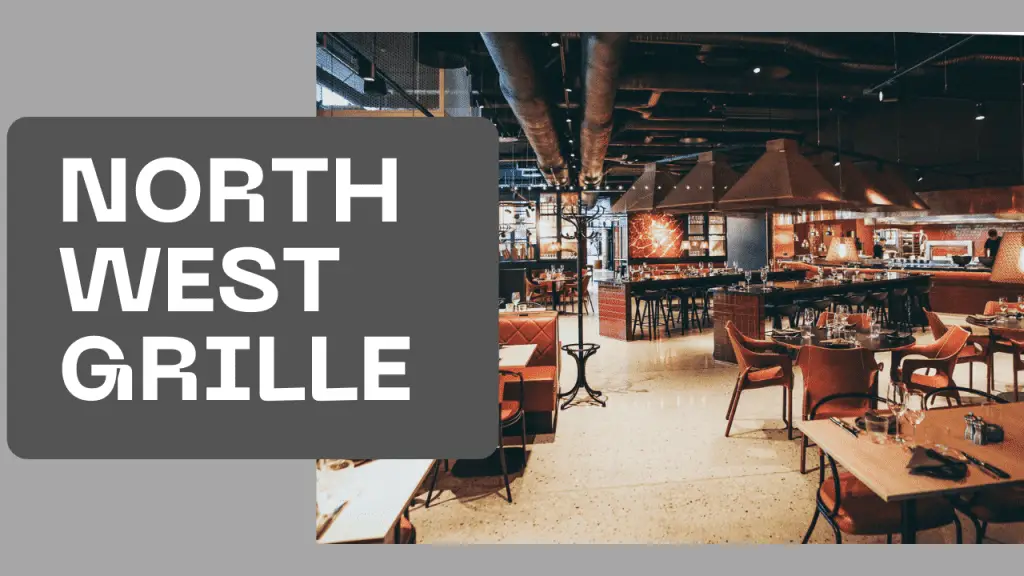Canoeing and kayaking are two popular paddle sports that offer a great workout and a way to enjoy the outdoors. But what’s the difference between a canoe vs kayak?
In short…
Canoes are typically larger than kayaks and can hold more people and gear. They’re also stable, making them ideal for beginners or those who don’t want to tip over. Canoes are paddled with a single-bladed paddle, while kayaks are paddled with a double-bladed paddle.
Kayaks are faster and more maneuverable than canoes, making them ideal for exploring narrow waterways or whitewater rapids. They’re also lighter and easier to transport than canoes.
I’ll explain…
In a kayak, the paddler sits and moves ahead by dragging a double-bladed paddle through the water on alternate sides. Kayaks can be traced back to Alaskan, Canadian, and Greenlandic Inuit communities. They were extensively used for hunting and were often fashioned of wood with seal skin stretched over the top for a closed top. Kayaking was later popularised in Europe by Scandinavian explorers.
In a canoe, the paddler kneels and propels the boat forward using a single-bladed paddle. When you think about it, the word makes sense, and a ‘dugout canoe’ is still an alternate name for a canoe, particularly one fashioned from a hollowed tree trunk.
The Pesse canoe, which was discovered in the Netherlands and dates back to 8200 BC, is the oldest boat ever discovered. This is not only the world’s oldest canoe but also the world’s oldest known boat.
Both the canoe and the kayak are raced at all levels, from club to Olympic, with different boat designs depending on the type of water and the sport. Canoes are larger and heavier than rowboats, with a wide frame and open-top built to carry many passengers and more gear. Kayaks are smaller, more streamlined boats built for speed or leisure, such as whitewater rafting, open-water sea paddling, or river touring.
Main key differences between Canoes and Kayaks:
1. Speed
In the world of water activities, a canoe is referred to as a “pickup truck.” Due to the bulk and increased weight of multiple people, a canoe’s speed will be hampered.
In contrast, a kayak is classified as a “sports automobile.” Kayaks can travel faster than canoes and are therefore regarded more thrilling in water sports events. Kayaks are lighter, carry fewer people (usually just one), and have a lower profile, all of which contribute to faster water speeds.
2. Boat Design

The open hull of a canoe allows numerous passengers to be seated at the same time. The open concept of the canoe allows people to move freely in the boat, which is ideal for calm water. Taking a canoe out in rough water, on the other hand, could cause a lot of water to enter the boat and collect at the bottom.

Kayaks have a closed deck and are frequently equipped with a spray skirt (where the passenger is seated). From all sides (save the top), the rider is suffocated, making it impossible to move around freely on the boat.
However, even in stormy water, the covered deck enables minimal water accumulation in the ship, making a kayak better adapted for difficult water conditions.
While all canoes are similar in body shape and design, there are many styles of kayaks available for different uses and each has a different hull design depending on the specific activity. These include:
- Single kayak – A recreational kayak for a single passenger (most common)
- Double kayak – Also known as a tandem kayak, these boats are designed to hold two passengers.
- Whitewater kayak – As the name implies, a Whitewater kayak is designed to handle the rigors and maneuverability requirements of rough river waters (aka Whitewater kayaking).
- Sea kayak – An ocean kayak (sometimes referred to as a touring kayak) is narrower and longer than a regular kayak. It is less manoeuvrable but will obtain higher speeds for cruising. Sea kayakers tend to paddle long distances.
- Fishing kayak – Made for fishing, it is typically a wider kayak, that provides a more stable platform for the angler while kayak fishing.
- Inflatable kayak – An inflatable kayak is just what is sounds like. They benefit occasional kayakers and take up less storage space than a standard kayak when deflated.
3. Cockpit
Canoes are typically referred to as “open” because their sides rise high above the water. This would indicate that there is no cockpit and that the boats are completely open — just like a rowing boat!
Closed kayaks, on the other hand, have a cockpit for the paddler to sit in. Because kayaks sit significantly lower in the water than canoes, spray skirts are frequently worn by the paddler to keep water out of the cockpit.
4. Seat
In most canoes, the paddler sits on a bench-like seat that raises them off the boat’s floor. The majority of canoes have two seats, although some have three.
Kneeling on the floor is preferred by some canoeists. In difficult conditions or to produce greater power behind their paddle strokes, people often choose this position.
Kayakers sit with their legs out in front of them in a seat that is normally moulded to the kayak’s bottom. Kayakers brace their knees against the sides of the kayak when paddling, and expert paddlers will take advantage of this.
Which is easier canoe or kayak?
While a canoe is clearly more difficult to capsize than a kayak, they are both rather stable. In general, a kayak has the advantage of being able to be righted in the event of a rollover.
Canoes are wider and more stable than kayaks, but kayaks are faster and easier to operate. Kayaks and canoes have displacement hulls by design.
Their speed is determined by their length. The longer the craft is, the faster it travels. So, in theory, a kayak and a canoe of the same length should travel at the same pace.
Kayaks, on the other hand, are often more lightweight than canoes of the same length, making them easier to transport, travel faster, and manoeuvre than canoes of the same length.
Do canoes flip easily?
Recreational canoes are ideal for flatwater kayaking since they are fun and easy to paddle.
They’re perfect for birdwatching, photography, fishing, and general paddling because they’re stable, easy to operate, and difficult to flip over.
They aren’t as agile as other canoe types since they are so steady and designed to withstand everything from tranquil lakes to raging rivers.
They have higher manoeuvrability and capacity than leisure boats in general. High-volume “tripping” canoes are included, which are built to bear heavy loads and long excursions.
What makes a canoe different from a kayak?
The fundamental distinction between a kayak and a canoe, or kayaking and canoeing, is the type of vessel used. Open-top canoes are common.
The rowers kneel or sit inside the canoe if there are little benches, which are common, and move forward with only a single-bladed paddle.
Kayaks, on the other hand, have a closed-deck design with a hole in the middle for the pilot to climb into and sit. The kayaker sits inside the kayak with their legs stretched out in front of them, propelling themselves forward (or backwards, left or right) using a double-bladed paddle.
- Canoe: Usually open deck boat, seated or kneeling rowing position, one-bladed paddle.
- Kayak: Closed deck boat, seated position with legs stretched out, double-bladed paddle.
A canoe’s open-top design means the inside deck is less shielded from the elements than a kayak’s closed-top design. A canoe has high sides as a result of this, making it more difficult for water to jump up and splash you while you paddle.
You’ll be closer to the water in a kayak than in a canoe since it’s lower.
Water can only enter a kayak through a little hole (which is also where you’ll be sitting!). Because it’s more difficult to get water out of a kayak if it becomes wet, many kayakers use a spray deck to keep water out.
This does make it slightly trickier to get out of the kayak, however, so if you’re going to use a spray deck, make sure that you’re confident taking it on and off and rolling out of your kayak.
Are canoes harder than kayaks?
Kayaks are far more agile and nimble than canoes, thanks to their design, smaller weight, and double-bladed paddle, which allows for faster and more agile navigation.
Canoes, on the other hand, are more stable and less likely to capsize. Because of the synchronisation and intricacies of the many paddling strokes, canoeing is more challenging than kayaking.
Canoes are also significantly heavier than kayaks, thus paddling one through the water requires more physical effort. It’s also more difficult to flip a large canoe while maintaining forward motion.
What is the advantage of a kayak over a canoe?
So now that you know the advantages and disadvantages of the two, you can decide which is preferable.
This isn’t a question you’d ask an avid kayaker because the answer is obvious: kayaking is the better of the two.
If you ask a canoe enthusiast the same question, they will almost certainly respond that canoeing is unquestionably superior to kayaking.
But they must have asked the same question at some point, and they can’t both be correct.
Well, let’s take a closer look at the canoe vs kayak argument by highlighting their pros and cons.
Canoe vs kayak pros and cons
Pros for canoeing
⦁ You can carry lots of gear easily in a canoe
⦁ They are ideal for longer expeditions due to comfort and carrying capacity
⦁ Canoes are more stable than kayaks and more difficult to capsize
⦁ You can vary your sitting position making it more comfortable than kayaking – especially for long distances
⦁ You can stand up
⦁ Once mastering canoeing skills is quicker and easier than kayaking
⦁ Unless paddling on whitewater, you won’t get very wet in a canoe
⦁ You get a better view of your surroundings than in a kayak
⦁ Portaging (by-passing sections of the river on land) regularly on a trip is much easier than in a kayak – especially if you are carrying lots of gear
⦁ You can easily bring young kids and dogs out on the water
⦁ Canoes are easy to get in and out of
Cons for canoeing
⦁ Heavy, big and can be difficult to transport
⦁ It is initially difficult to master basic paddling skills – especially as a solo paddler
⦁ Canoes take on more water than kayaks when paddling on whitewater
⦁ Single paddles are less efficient than double paddles
⦁ It takes more effort to paddle a canoe at top speed than to paddle a kayak at top speed
Pros for kayaking
⦁ It is easy and quick to pick up the basics of kayaking
⦁ Kayaks go faster, with less effort exerted by the paddler than canoes do
⦁ There is much more variety in kayaking disciplines than there is in canoeing
⦁ Your gear will be kept drier in a kayak than in a canoe (providing you don’t capsize!)
⦁ They are lighter and easier to transport than canoes
⦁ Kayaks are more manoeuvrable than canoes
⦁ Kayaks handle Whitewater better than canoes
⦁ You are close to the water in a kayak which can make you feel much more connected with the water than in a canoe
⦁ Double kayak paddles are more efficient than single canoe paddles
Cons for kayaking
⦁ It is unlikely you’ll come away from a kayaking session totally dry
⦁ It can take a long time to master more advanced kayaking skills
⦁ It can be scary transitioning from kayaking on flat water to fast-moving water
⦁ Using a spray skirt can be a little scary for learners and improvers
⦁ Double paddles are heavier than single paddles
Kayaking strokes are simpler to pick up, allowing you to get started sooner. In addition, getting a kayak going in the water does not require as much physical strength.
Try kayaking on calm flat water for a more stable and safe experience.
Is a canoe or kayak more comfortable?
While a canoe may be more comfortable than a kayak in terms of comfort, the major trade-off is paddling. Canoes require more effort to paddle because they are bigger and heavier, and they frequently require two people.
In general, paddling a canoe has a steeper learning curve than paddling a kayak. Kayak paddles have a blade on either end for a single paddler to use, whereas canoe paddles are shorter and have a single blade that dips straight into the water and a knob or“T” at the other end.
One hand grips the canoe paddle in the middle for power, and the other grips the paddle at the knob end for control. To keep the canoe tracking straight, two people alternate strokes, which is generally easier.
Both canoeing and kayaking are a lot of fun!
This guide has pointed out the differences between the two, and hopefully has helped you decide which of these water sports is the one for you!






